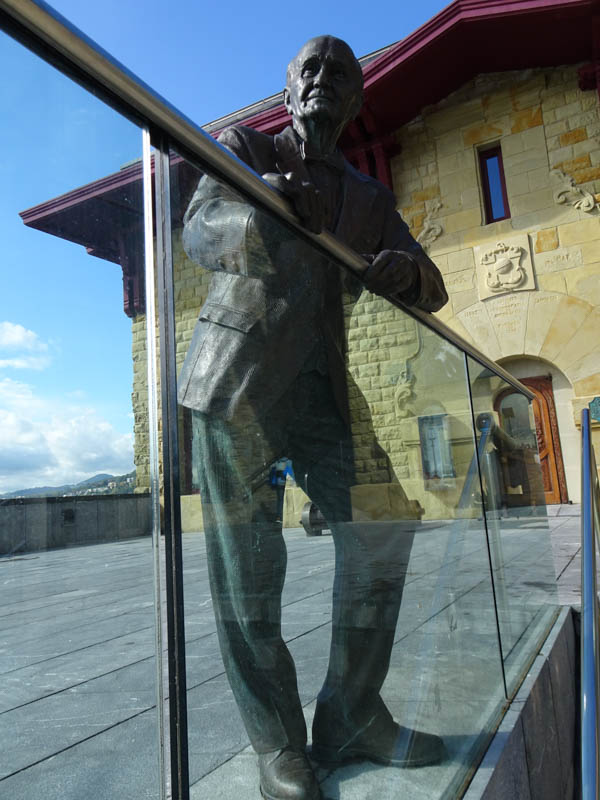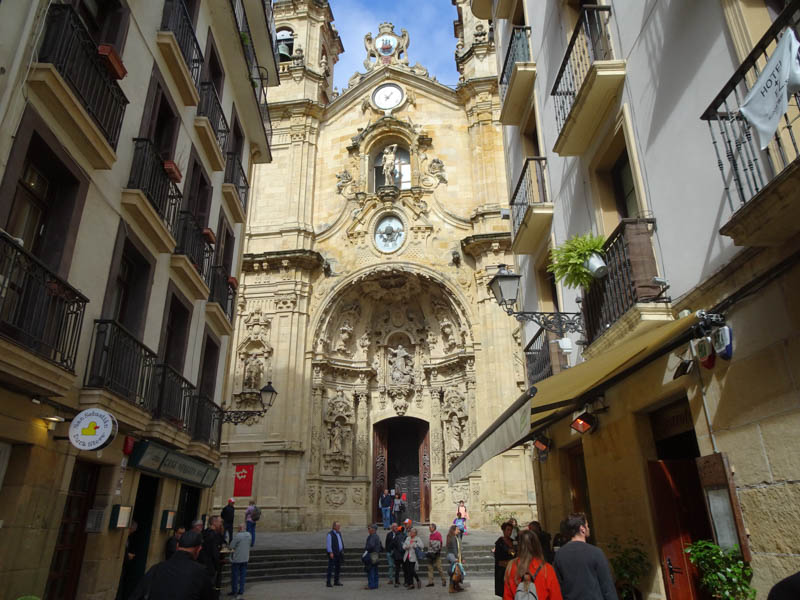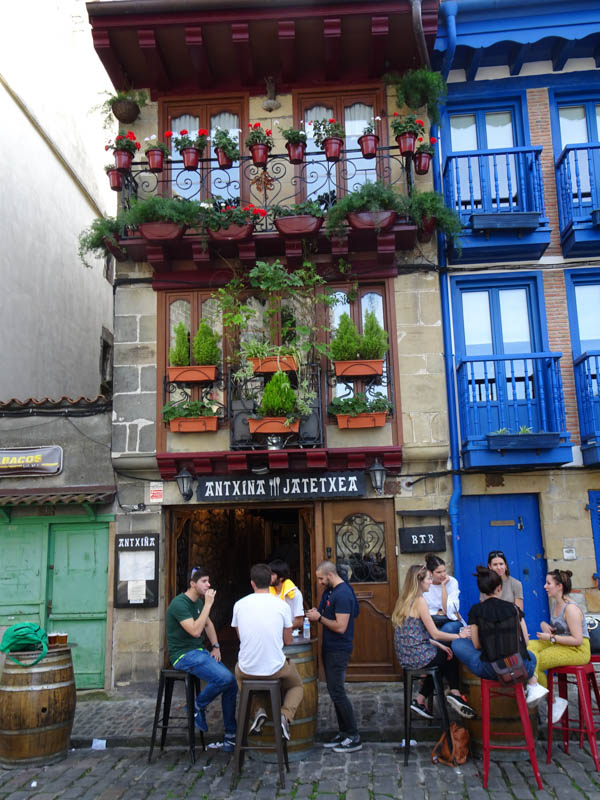
We left Hondarribia, Spain, in the Basque Country, on October 13 heading for Saint-Émilion, 35 km northeast of Bordeaux, and a three hour drive away. Saint-Émilion’s history goes back to prehistoric times and is a UNESCO World Heritage Site, with churches, ancient structure, and ruins stretching all along steep and narrow streets. It is one of the principal wine growing areas of Bordeaux. We arrived on a sunny and warm Saturday afternoon and the streets were crowded with tourists. It rained almost continuously the next day and the streets were empty save for the puddles. We still squeezed some walks through the picturesque streets in between showers, and did a quick wine tasting at a vineyard outside of town on the drive north the next day.



From Saint-Émilion we drove two hours north to the beautiful city of La Rochelle on the Bay of Biscay in the Charente-Maritime department. La Rochelle has special meaning to us. It is the place where Sabbatical III was built by the Amel shipyard, and this was our third trip to this lovely town. Our fond recollections of La Rochelle arise not only from the thrill of taking possession of the boat that has been the center of our lives these past 15 years, but also from the charming and authentic nature of this town of 75,000 and, perhaps strangely, from the unforgettable Soupe de Poisson at Bar André on the waterfront. The Amel staff took us to Bar André during both of our visits in 2003 and introduced us to the Soupe de Poisson. It was our “go to” meal during the chilly weeks of late October and early November 2003 when we were living on-board the brand new Sabbatical III in the nearby Marina Les Minimes.
So on the 15th birthday (to the day) of Sabbatical III, we had another wonderful stay in La Rochelle. The Soupe de Poisson was as good as we remembered and the town was even better in unusually warm and sunny weather. We stayed in a quiet hotel located within the long narrow park in town and found that we could walk almost everywhere from there.
We arranged a test sail of the new Amel 50 on a beautiful but almost windless day. A hostess aboard cooked us a multi-course meal as we slowly sailed from La Rochelle to the nearby island of Île de Ré. The boat was fantastic with the easy sailing pedigree of previous Amel boats like our Super Maramu but also new features and interiors creating more light and space.




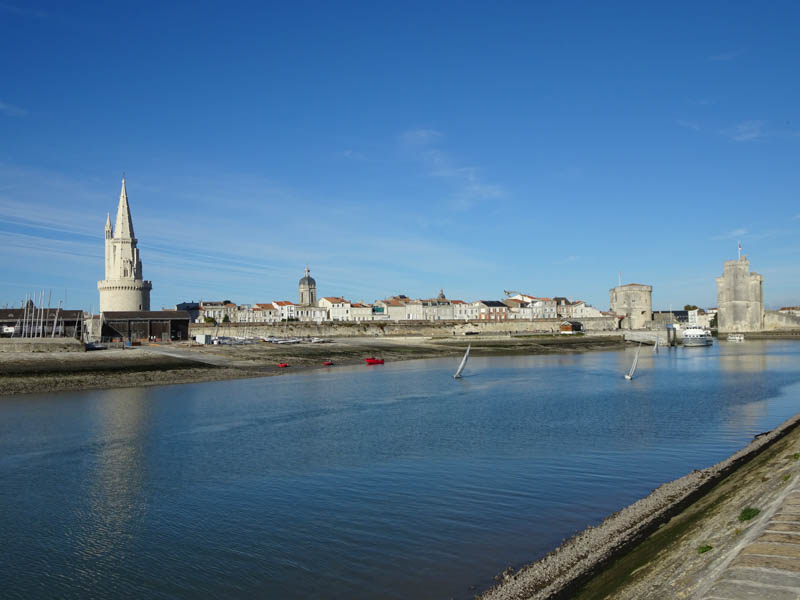

We also visited the Amel factory and viewed the process of building an Amel 50. Plus, I finally got to meet Maud Touillet, the “service after sales” representative that I have been dealing with for the past few years via email. Who is this caring and efficient person who answers my emails with the information that I need and sends me parts to where ever I might be? Now I know.


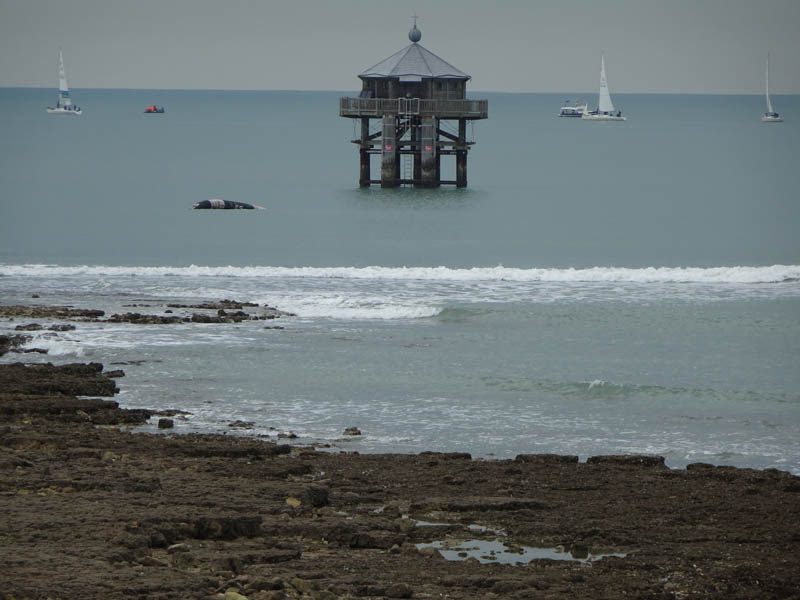
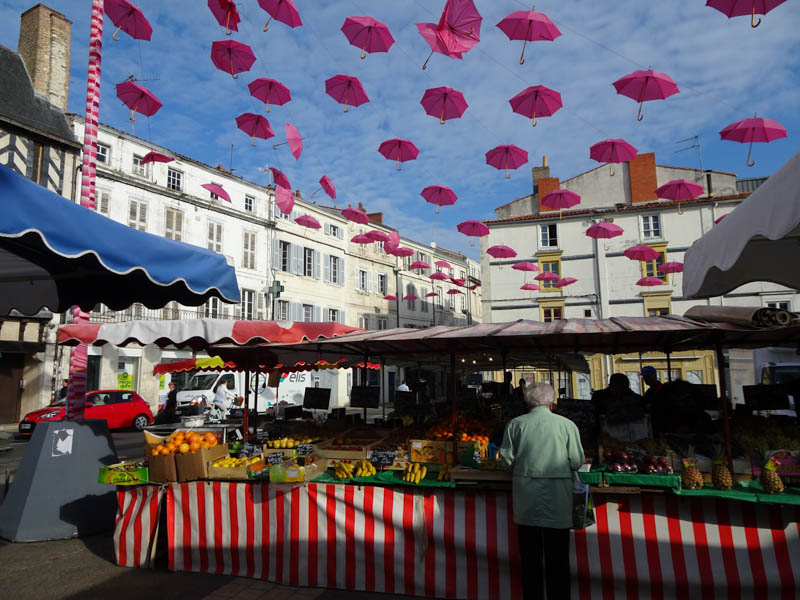
On our last day in La Rochelle, we drove over the bridge to ÃŽle de Ré, described as the “Martha’s Vineyard of France.” The island has a network of cycle tracks, and many residents rarely use cars for transportation. They are famous for their oysters, mussels, and fish. We walked for miles on the northern shore promenade, had a wonderful lunch, then walked along the long, wide beaches of the southern shore before returning across the 3 km bridge to La Rochelle.



We left La Rochelle on October 20 and drove all the way back to the Basque country in one day. We flew back to Lanzarote Island the next day and returned to Sabbatical III at the Marina Rubicon, where we still remain.
M.



